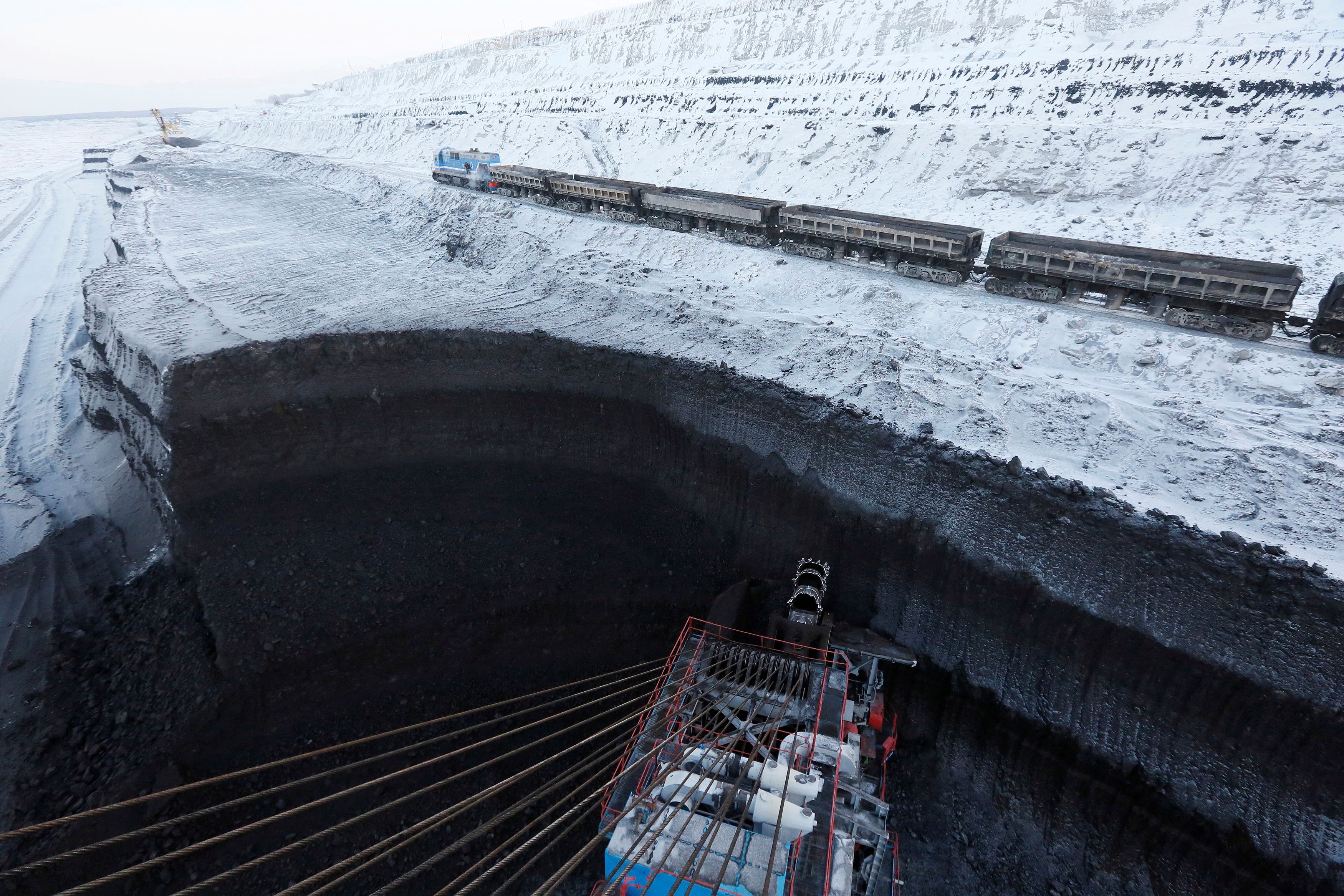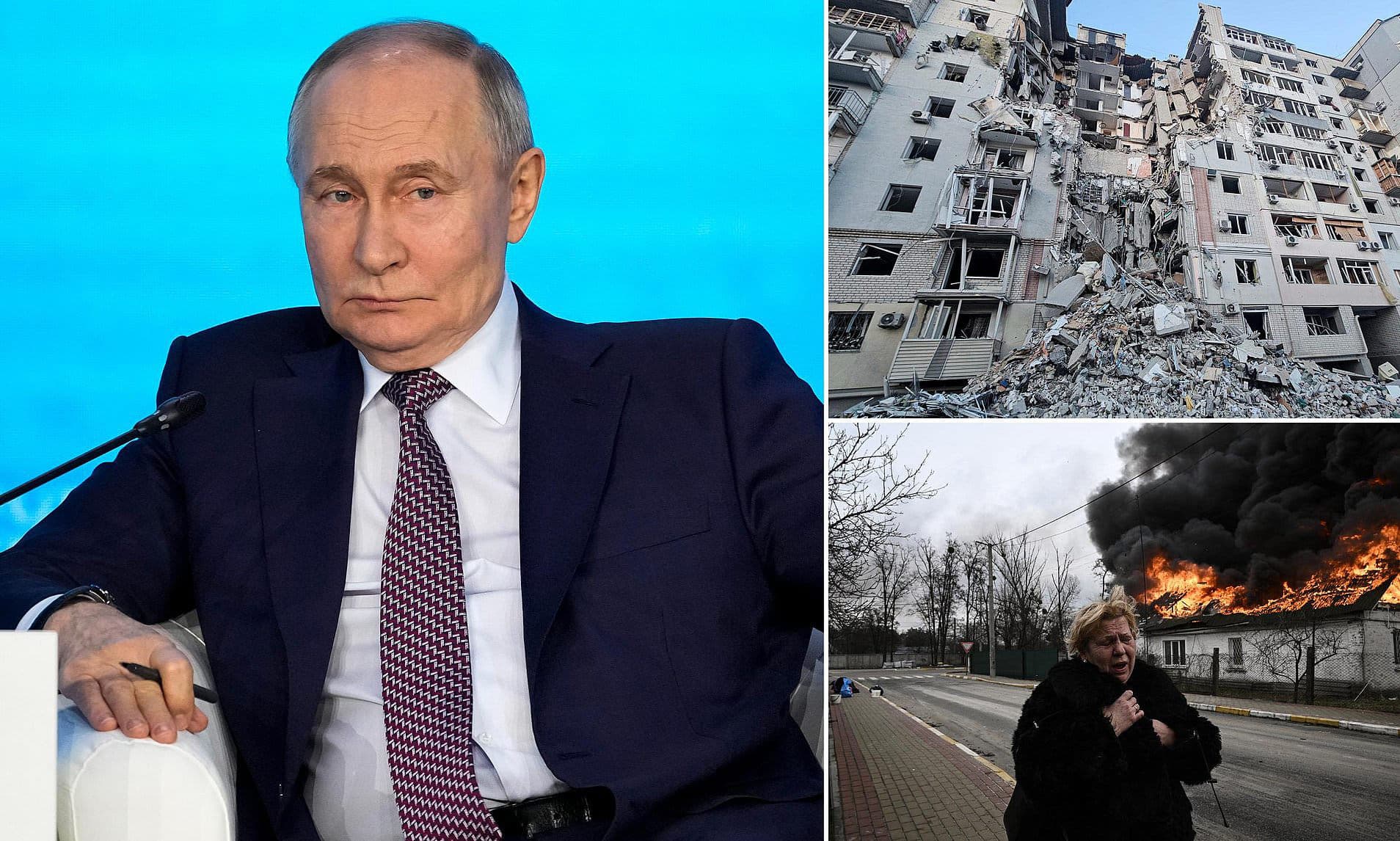Russia"s coal export industry is facing a staggering crisis, with nearly 50 million tons of coal stranded at ports, representing over a quarter of all exports in 2024. The inability to shift such massive quantities reveals the underlying fragility of an economy once bolstered by fossil fuels. As reported by Kommersant, coal handling facilities are slashing tariffs to survive, with costs plummeting to as low as $5–10 per ton, barely covering operational expenses.
Oversupply Drives Prices Down
According to NEFT Research, the thermal coal shipments for export dropped over 50% in May, signaling a drastic decline in demand. The implications of this oversupply situation are dire; coal prices have fallen as much as 20% in just six months, leading to widespread operational losses among producers. Analysts estimate that 62.8% of coal mining companies in Russia operated at a loss between January and April 2025. The economic viability of this once-thriving sector is rapidly deteriorating.
Impact of Sanctions and Infrastructure Bottlenecks
The collapse of Russia"s coal industry is not solely due to market forces. Western sanctions are exacerbating the situation, limiting access to international markets and investment. As reported, logistical bottlenecks and outdated infrastructure have intensified the crisis. Major terminals, including Taman, are struggling with full warehouses and limited rail slots for coal delivery. The operational inefficiencies are driving the industry toward bankruptcy, leaving workers and communities dependent on coal revenue in precarious positions.
\n\n
Putin on Ukraine, AI double, other key takeaways from news ...
International Market Dynamics Shift
Although some analysts hold out hope for a rebound in markets like India and Southeast Asia, the reality is that these regions are exhibiting caution. A stevedore indicated that while ports like Vanino or Khabarovsk might benefit from geographical advantages, the broader picture remains bleak. Without a significant uptick in foreign demand, the overhang of stockpiled coal is likely to persist well into the fourth quarter. The consequences of this stagnation extend beyond financial loss; they threaten the livelihoods of those employed in the coal sector.
Future of Russia’s Energy Economy
The implications of this crisis are profound. Russia"s energy economy, long a tool of geopolitical leverage, is now teetering on the brink of collapse. As the stockpiles rise and global prices stagnate, reliance on coal presents more of a liability than an asset. Analysts warn that unless there is substantial intervention from the state or a sudden surge in global prices, the pain will only deepen. The financial toll is mounting, and the potential for worker layoffs and economic instability in coal-dependent regions is alarmingly high.
\n\n
Russian gas crisis stokes Europe"s appetite for Russian coal | Reuters
Long-Term Consequences for Workers and Communities
The ongoing turmoil in the coal sector will not only affect profits; it will have real consequences for workers and their families. As companies reel from losses, job security hangs in the balance, and the socioeconomic fabric of mining communities is at risk. The Russian government must take immediate action to address the needs of these vulnerable populations, transitioning to more sustainable industries and providing support to those displaced by the failing coal economy. Without proactive measures, the fallout from this crisis could lead to long-term economic and social disruption.








